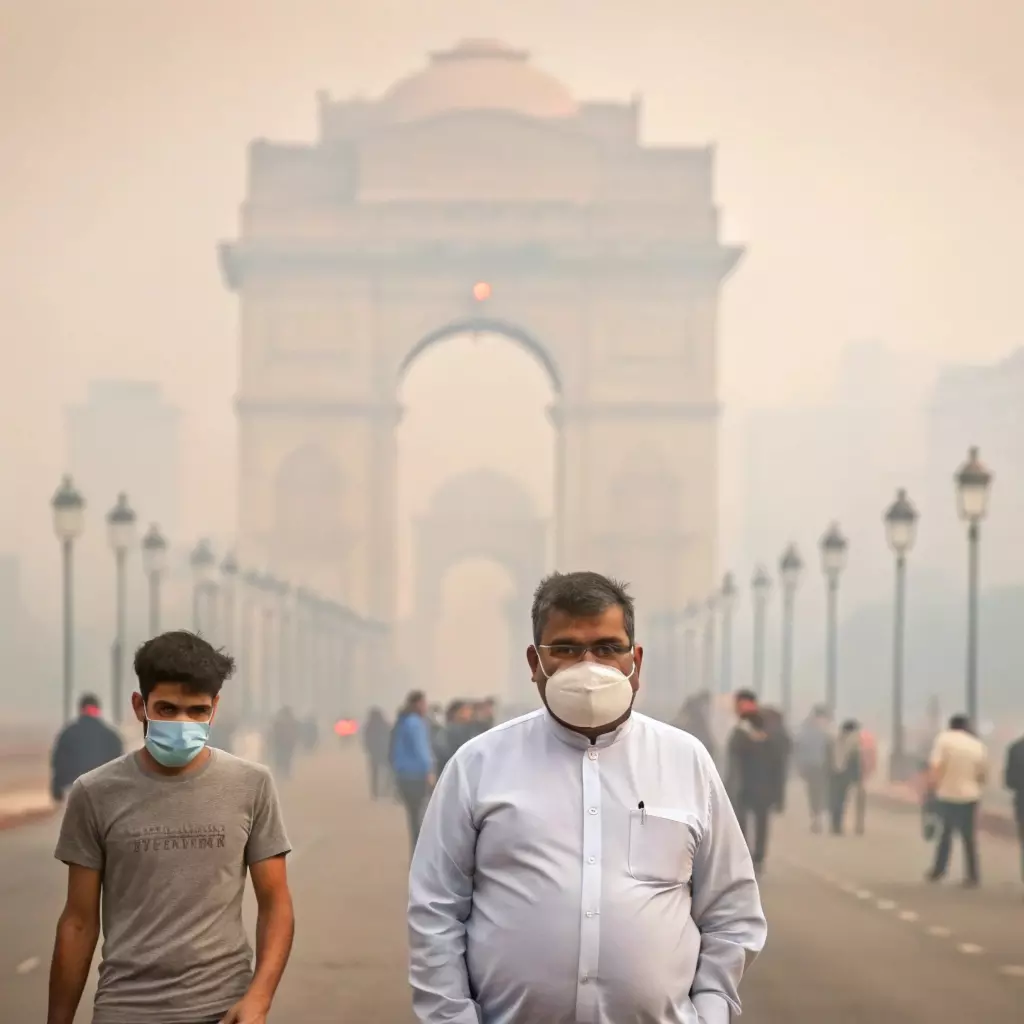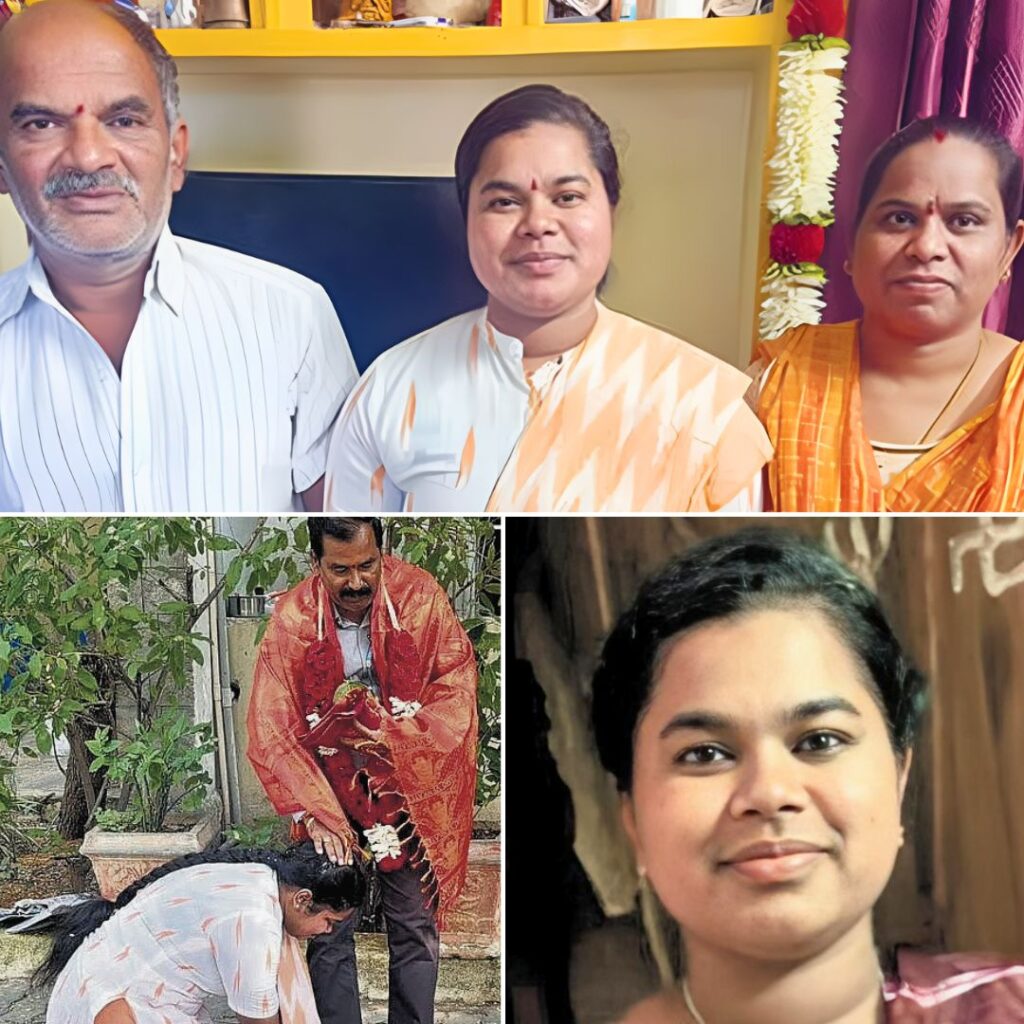A thick layer of fog enveloped Delhi on October 19, 2024, contributing to poor air quality levels, particularly around India Gate and Anand Vihar. The Air Quality Index (AQI) in these areas reached alarming levels, with readings exceeding 300, categorizing the air as “very poor.” Authorities are urging residents to limit outdoor activities and are implementing measures to combat pollution. Stakeholders, including environmentalists and local residents, express growing concern over the persistent air quality crisis.
Fog and Poor Air Quality in Delhi
On October 19, Delhi experienced a dense fog that significantly impacted visibility and contributed to a deteriorating air quality situation. The AQI readings in various parts of the city soared past 300, indicating “very poor” air quality. Residents in affected areas reported difficulty breathing, with many children and elderly individuals particularly vulnerable. Environmentalists have voiced their concerns about the long-term health implications of such pollution levels, emphasizing the need for immediate action from both the government and citizens.
Context of Air Pollution in Delhi
The worsening air quality in Delhi is not a new phenomenon; it has been a recurring issue exacerbated by factors such as vehicular emissions, construction dust, and seasonal crop burning in neighboring states. Previous years have seen similar spikes in pollution levels during this time of year, prompting calls for stricter regulations and public awareness campaigns. The government has initiated several measures to tackle the crisis, including monitoring pollution sources and promoting public transport usage.
The Logical Indian’s Perspective
At The Logical Indian, we believe that addressing air pollution is crucial for the health and well-being of our communities. This ongoing crisis highlights the urgent need for collective action—both from authorities and citizens—to foster a cleaner environment. It is essential to prioritize sustainable practices and engage in open dialogues about pollution solutions. How can we work together to create a healthier future for all?











